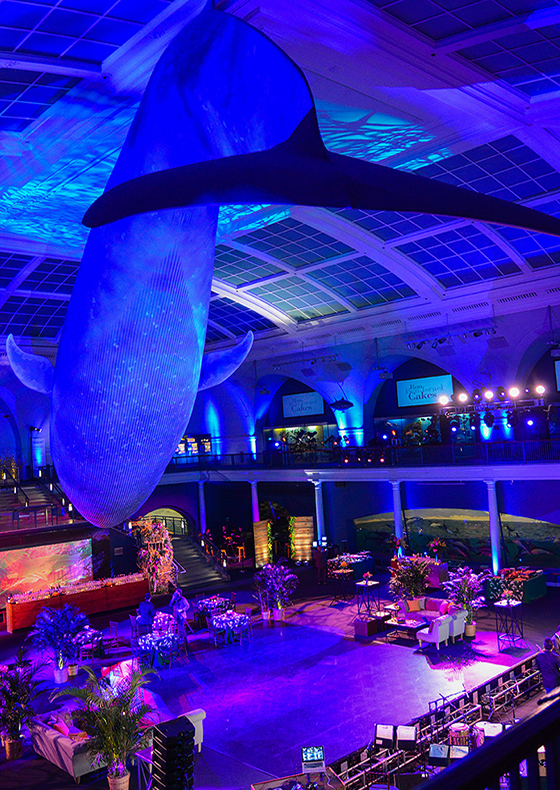Illuminating the Impact of Illumination Techniques on the Art of Film Projection Mapping Techniques
Illuminating the Impact of Illumination Techniques on the Art of Film Projection Mapping Techniques
Blog Article
Motion projection projection is an innovative creative form that merges technology and innovation to transform common surfaces into remarkable visual displays. This method involves projecting graphics and videos onto 3D objects, such as structures, artworks, or platforms. One of the most crucial factors in producing successful projection in the use of effective illumination methods. Proper lighting improves the visual components of the projection and guarantees that the images are crisp and engaging. This piece explores the impact of illumination techniques on motion projection and how they can enhance the complete experience.
Lighting plays a vital part in motion projection because it establishes the mood and tone of the display. Different illumination methods can evoke various feelings and responses from the viewers. For instance, using soft, warm illumination can create a inviting environment, while bright, cold illumination may produce a more energetic or dramatic effect. By thoughtfully selecting light colors and intensities, artists can influence how viewers perceive the projected images, leading to a more engaging encounter. The equilibrium between projection brightness and surrounding illumination is crucial, as it can greatly impact the visibility and impact of the visuals.
In addition to, hue and intensity, the direction of light also influences the effectiveness of mapping. Illumination from different directions can generate contrast and highlights that add depth to the projected visuals. This method, known as chiaroscuro, can enhance the three-dimensionality of the subjects being projected. Additionally, using dynamic illumination can introduce energy to the exhibit, making the encounter more engaging for the audience. When the light interacts with the projected visuals, it can produce an effect of movement and transformation, capturing the viewers' attention.
Another essential aspect of lighting in projection is the use of unique features. Techniques such as gobo lighting, which employs shapes and forms to project light, can why not look here introduce texture and intricacy to the projections. This method enables artists to layer visuals and produce aesthetically captivating results that enhance the projection. Additionally, incorporating lasers or LED lights can additionally improve the exhibit, providing a distinct mix of sight components that attract the audience in. These special effects, when used thoughtfully, can elevate the mapping into a basic show to an immersive piece of creativity.
In summary, the impact of lighting techniques on video projection is profound. By understanding how various illumination components interact with mapped visuals, creators can produce enthralling encounters that connect with audience. The thoughtful choosing of color, intensity, direction, and special effects allows for check out this site a rich canvas of sight storytelling. As tech advances to grow, the possibilities for creative expression in projection will only expand, making illumination an increasingly vital aspect in this innovative art form.